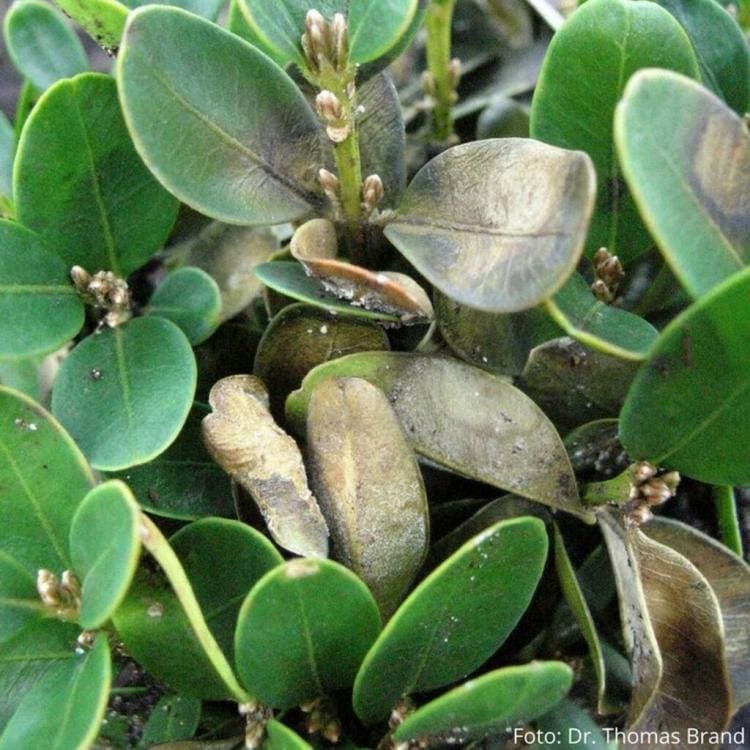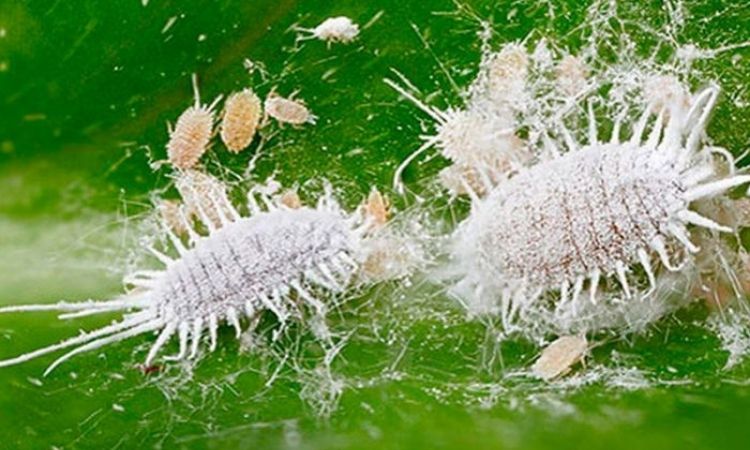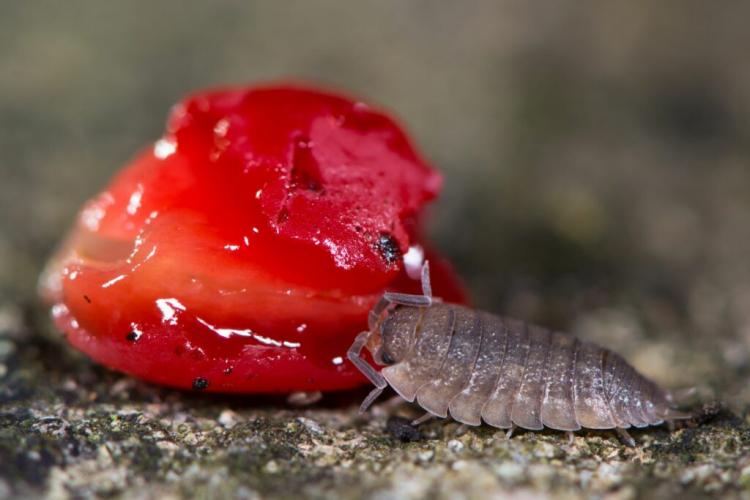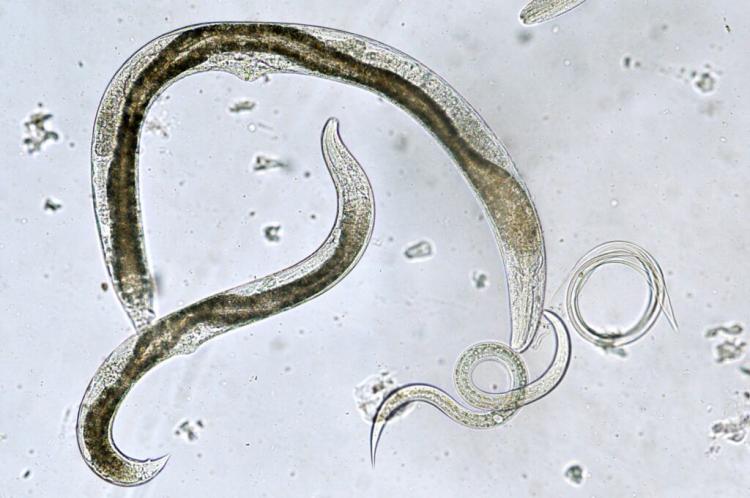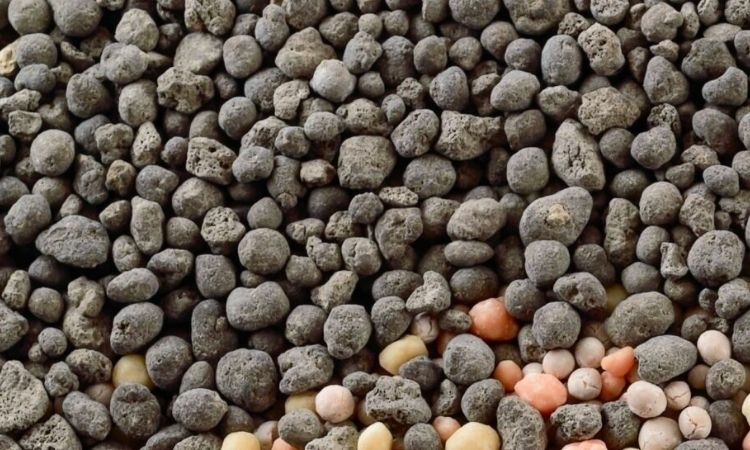Boxwood Disease: Preventing And Controlling Boxwood Fungus
How you can recognize the disease quickly and treat the boxwood fungus, as well as information about pesticides and whether home remedies help.
The boxwood owners among us have indeed not had it easy for many years. The invasive box tree moth eats up entire stands of box trees if there is no timely action. Since 2004, however, another completely different pest has been causing major problems. The death of shoots in the Buxus genus, triggered by the harmful fungus Cylindrocladium buxicola, is causing major problems in northern Amerika, but also increasingly in the south. Since boxwood can also be attacked by other fungi, it is important to identify the symptoms precisely.
Recognize boxwood fungus
Table of Contents
The first signs of infection with C. buxicola are leaf discoloration or leaf wilt. Young leaves turn orange-brown and old leaves only have brown spots. Depending on the severity of the infestation, the leaf spots can grow quickly and whole shoots are quickly infected. However, the leaf spots in themselves are not yet a reliable identification feature. Only when you see small black stripes on the infected shoots, which spread from below to the tip of the shoot, can you be sure that the shoot is dying? In the further course of the disease, there is usually strong leaf fall, associated with the death of entire shoots, and in the worst case, the whole boxwood dies.

Boxwood mushroom: a fact sheet
The pest presented here does not need open wounds to overpower the boxwood. If the leaves of the Buxus are wet for at least 5 hours, the fungus can grow into the healthy leaf tissue and the infection can no longer be stopped. If the fungus finds good growth conditions (25 ° C), the characteristic symptoms can be seen one week after the first infestation. However, if the temperatures are consistently well above 25 ° C, then this is not good for the fungus. A hot summer can therefore significantly limit the infestation. In addition, the C. buxicola fungus forms so-called permanent spores. These can survive in the soil for at least 4 years and infect the beech tree plants again. The fungal spores are spread by wind, water splashes, and of course via trade and infected cuttings.
Prevent boxwood fungus
It is imperative that all measures to prevent boxwood fungus are fully exhausted, as shoot death is very difficult to combat. The first thing you should try is to keep your book trees as dry as possible above ground. Because the leaves dry off quickly, the fungus has less time to germinate and thus infect the plant. So look for a sunny and airy location for your box trees – the leaves can dry out more quickly there. In addition, the boxwood likes an even water supply. When watering, however, make sure that only the soil gets wet and not the leaves.

The choice of variety can also help to avoid shoot death. Unfortunately, there are still no completely resistant varieties. In the case of already infested box trees, radical pruning into the healthy wood can help, but there is no guarantee of success. The cut shoots mustn’t end up on the compost. Because of the problematic permanent spores, all cutting waste belongs in the residual waste. It is also advisable to remove the top layer of soil under a diseased Buxus. There the earth is enriched with falling permanent spores. Despite these measures, it is not necessarily advisable to plant a new box tree directly on the spot where an infected box tree was previously.
You might like Boxwood Shrub Fertilizer
Fight boxwood disease
As mentioned earlier: An effective control of the boxwood disease is very difficult. The harmful fungus cannot be combated as soon as it has penetrated the boxwood. An additional problem is the enormous resistance of the fungus. So far we have not been able to find any reliable information that confirms that home remedies or biological sprays are effective against the fungus. It is therefore not possible to treat C. buxicola with natural or biological preparations.
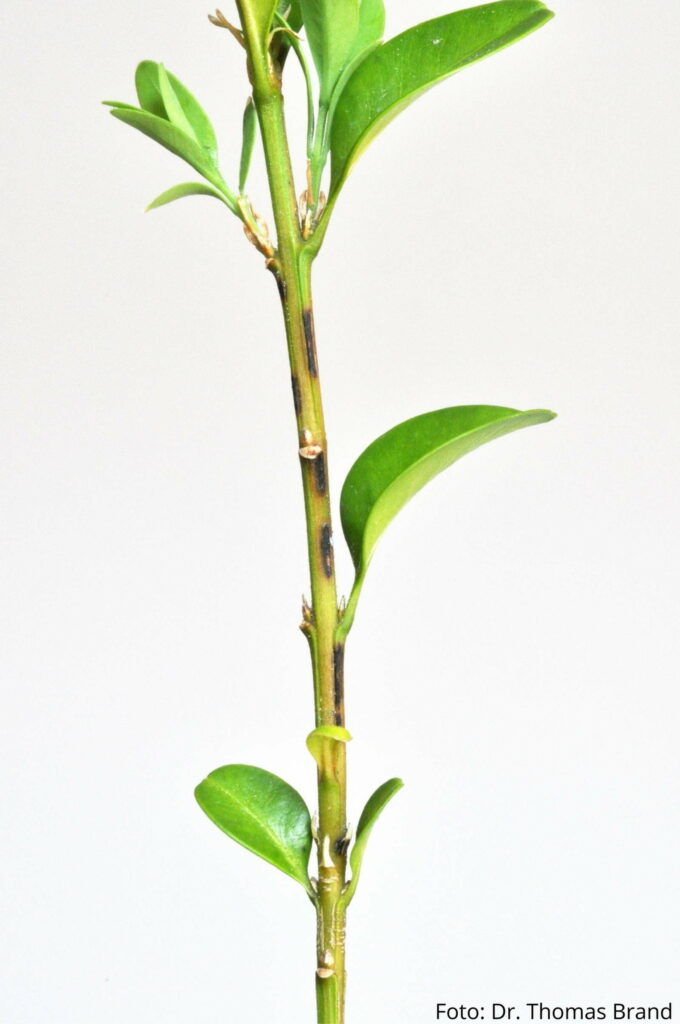
Even the chemical club only works with a preventive spray. In practice, this would mean that you would have to prophylactically mist your box trees with fungicides after every rain in the gardening season. In the end, everyone has to decide for themselves whether this is the right way for the hobby gardener. In the case of heavily infested box trees, only the complete clearing of the diseased plants helps, even if there are no substitute plants with a similar appearance. One can only hope that breeders will quickly develop resistant varieties or find new methods of combating the harmful fungus.
Algae lime against boxwood disease
For some time now, more and more of our readers have been reporting on the successful control of boxwood disease and fungus with algae lime. If the box plants are sprayed with algae lime between the end of April and the beginning of May, the plant will clearly recover within a few months. Treatment with algae lime is also said to help against the boxwood moth and its eggs.
Boxwood fungus isn’t the only problem boxwood owners struggle with. Most hobby gardeners are also familiar with the annoying boxwood moth. We will introduce you to the pest and explain how you can fight it.
